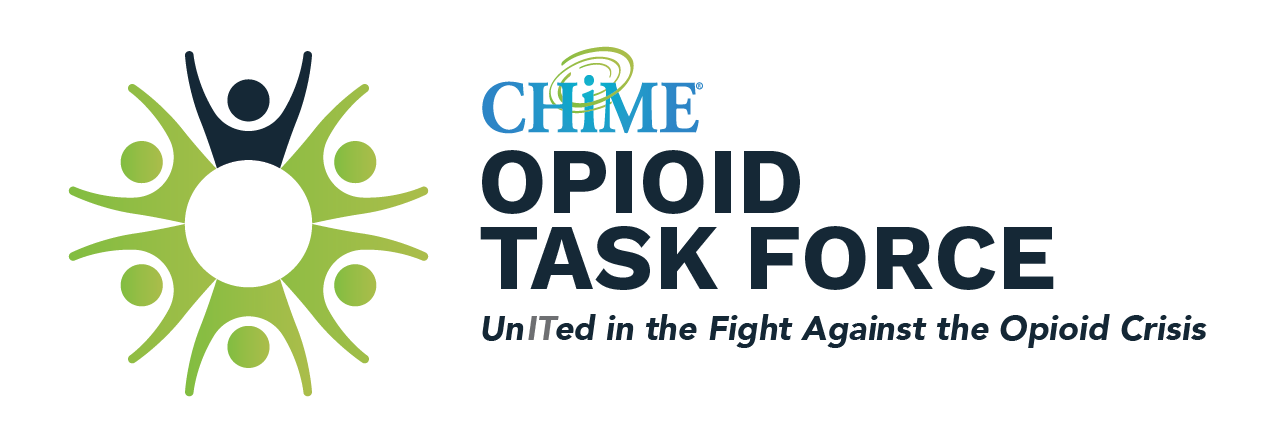Measuring Success
Care pathways have multiple components, so measuring the success of interventions requires a multifaceted approach. Healthcare systems can track compliance with pathways and recommended best practices, including order set utilization, and alert/clinical decision support acceptance vs. overrides. Most institutions have begun to track total morphine equivalents prescribed by providers. Some institutions track PDMP usage (see Chapter 6 on PDMP) and of course, those that have EPCS systems have more robust reporting and auditing mechanisms available (see Chapter 5 on EPCS). It should be noted that, whenever possible, metrics should be benchmarked against similar cohorts (i.e. palliative care provider prescription patterns may be markedly different than a typical primary care provider patterns). These are a few key examples, and best practices are likely to evolve over time. Continually tracking progress and finding ways to improve are essential to long-term success. These methods are discussed in greater detail in Chapter 2 on Dashboards and Chapter 3 on Education.
Patient Considerations
Care pathways can only succeed if they are patient-centric. They should be optimized to achieve the highest quality of care and the best possible patient outcomes, with lowest morbidity and mortality, highest patient safety, highest patient satisfaction, and best possible overall patient experience as possible. The purpose of care pathways is ultimately to treat patients as safely and effectively as possible. They are meant as guidelines to help alleviate pain while minimizing the risk of addiction and substance abuse. They also may provide methods to intervene in cases of “at risk” and already addicted patients in order to treat ongoing pain syndromes and the underlying substance abuse or addiction disorder(s).
Clinical care scenarios are often complex and there are many factors contributing to the cycle of addiction, drug use and abuse. Some of these social determinants and medical comorbidities are beyond the scope of this chapter, but many of the common presentations for acute or chronic pain conditions do have common themes that offer opportunities for intervention. Therefore, the pathways discussed here focus on the interventions that IT leadership can deploy and track to have the highest impact on specific patient outcomes and well-being. Patient engagement, communications, and involvement is essential throughout the process, whether that is in automated triage questions, pre-op care order sets, or discharge paperwork. This is further discussed in Chapter 7 on Patient Education.
